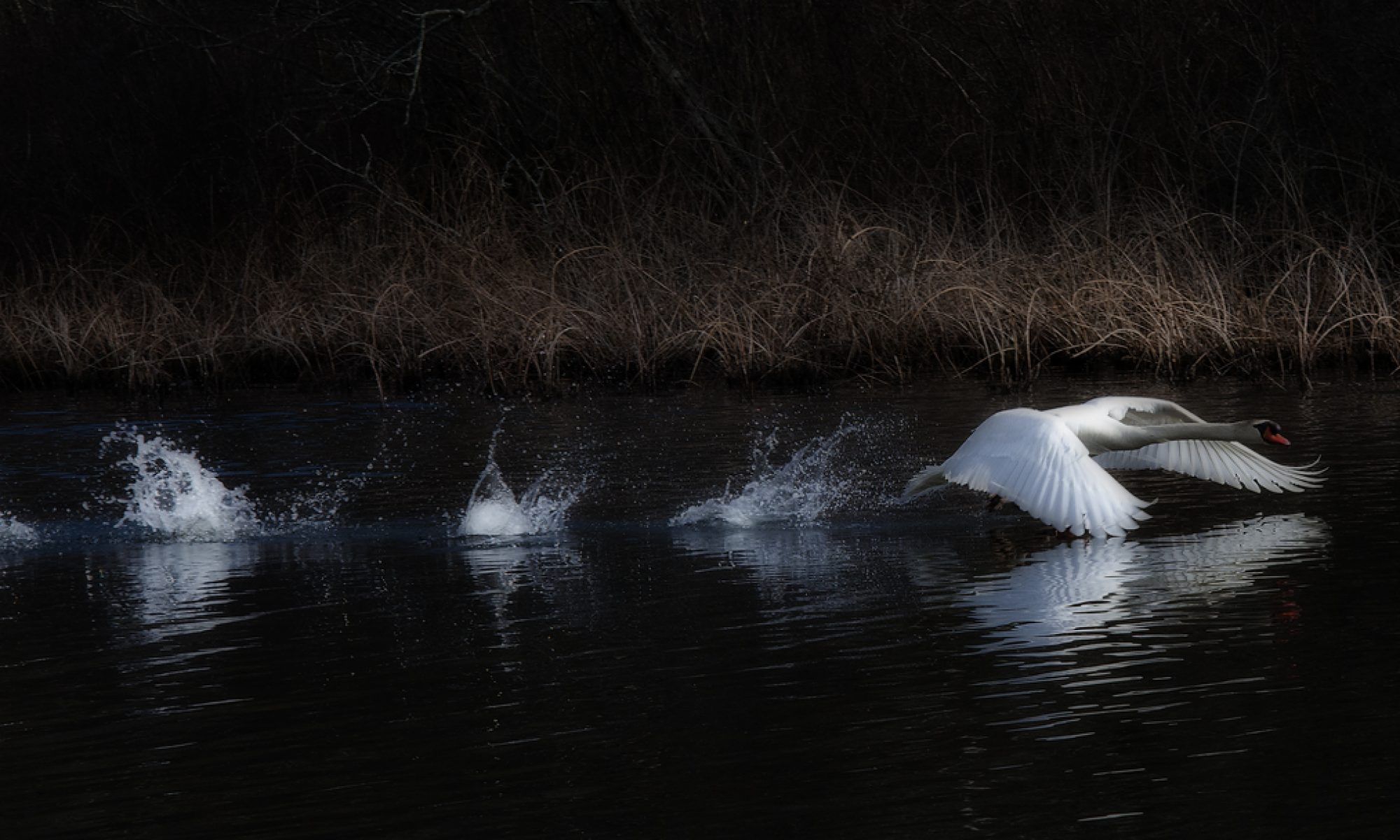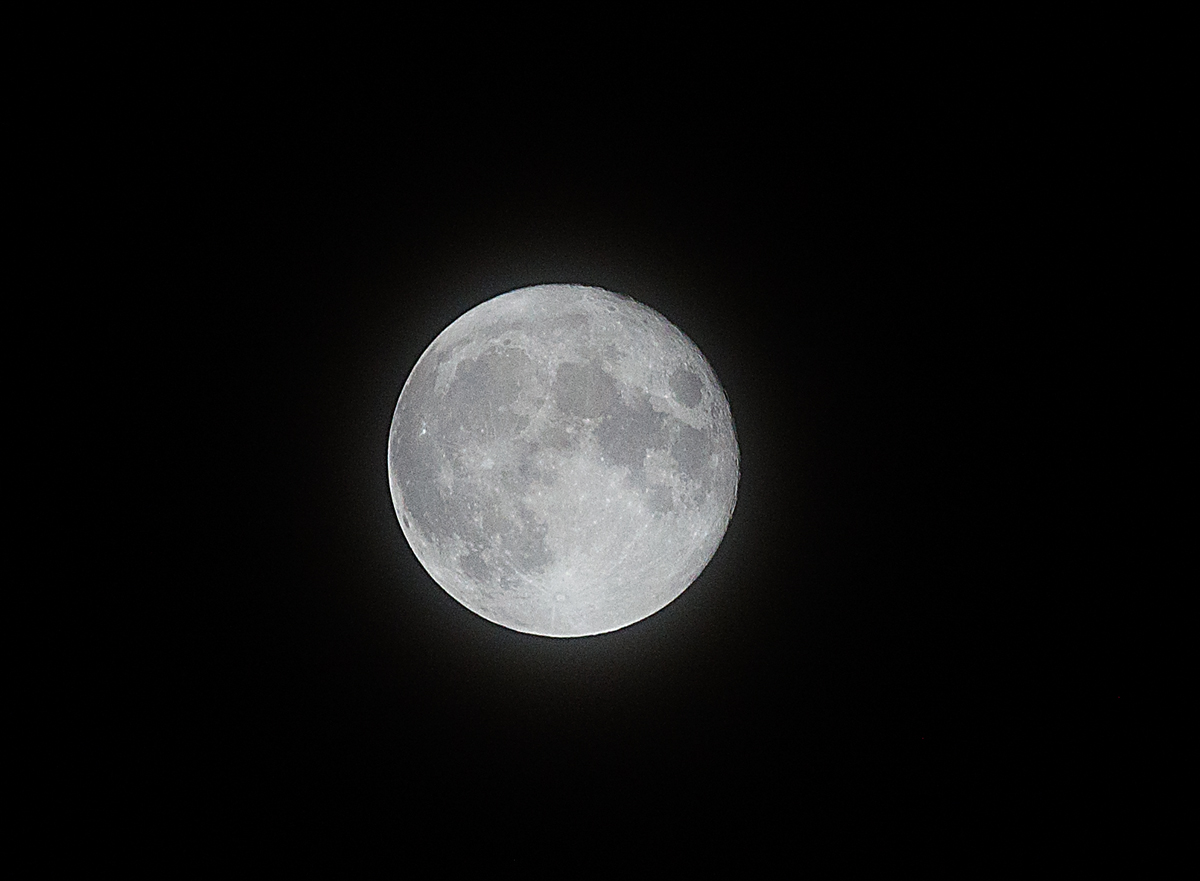Room With a View
Holiday Cactus
All three bloom today, Nov 24, 2022.
Over on the East Glen side of town.
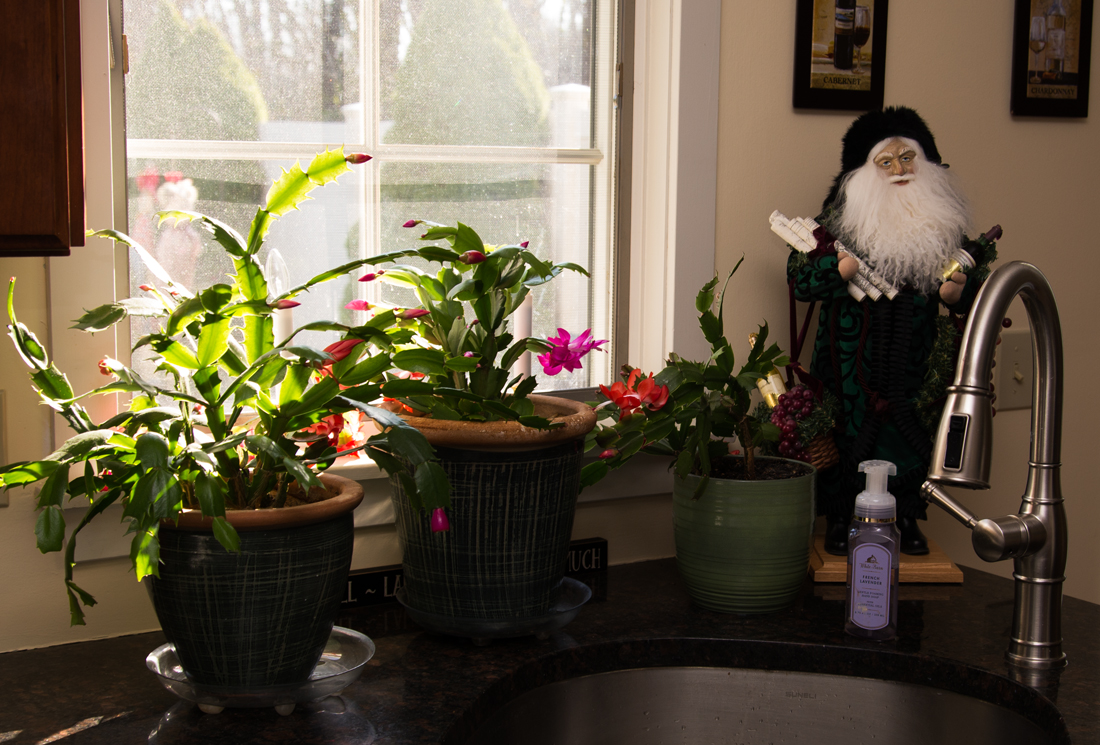
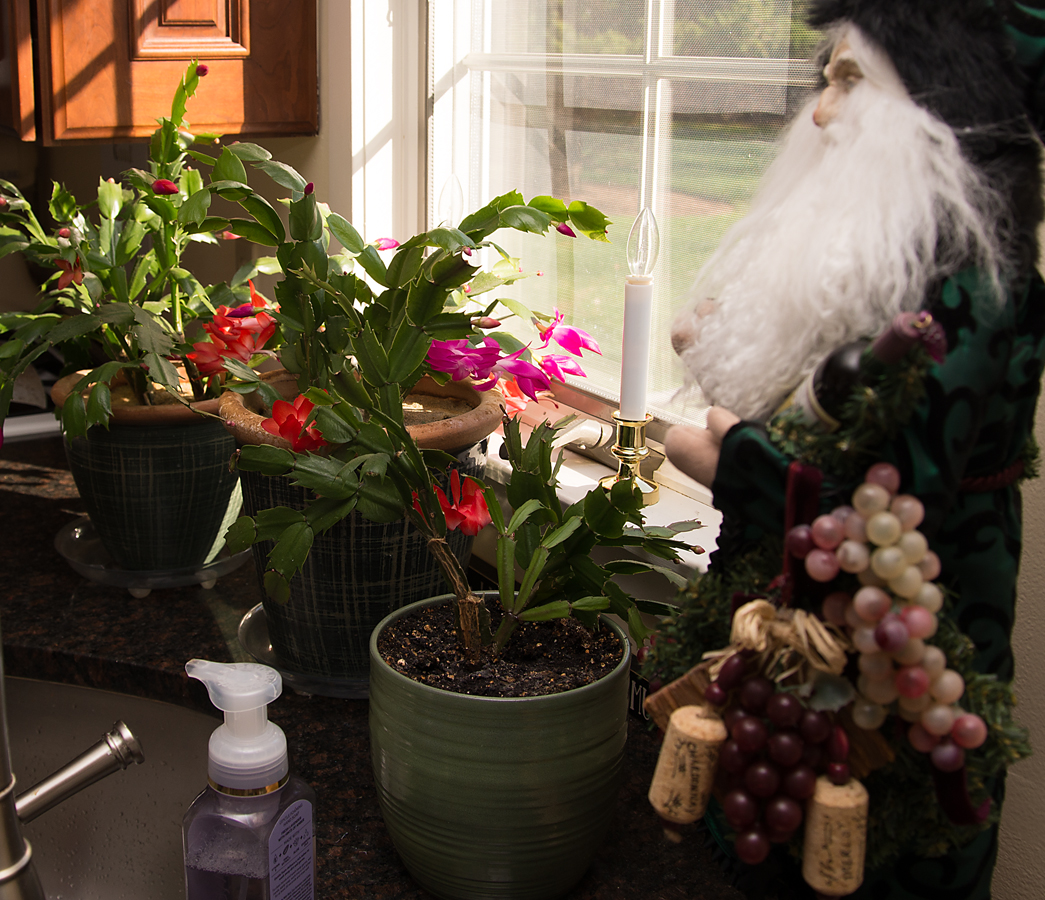
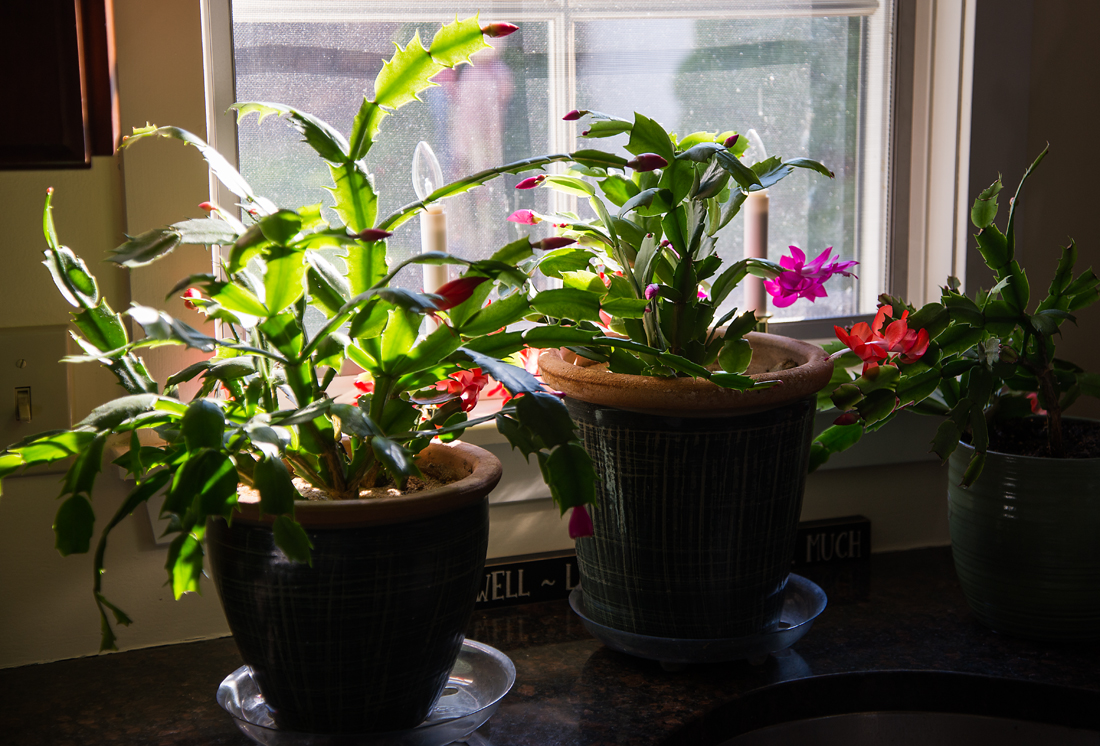
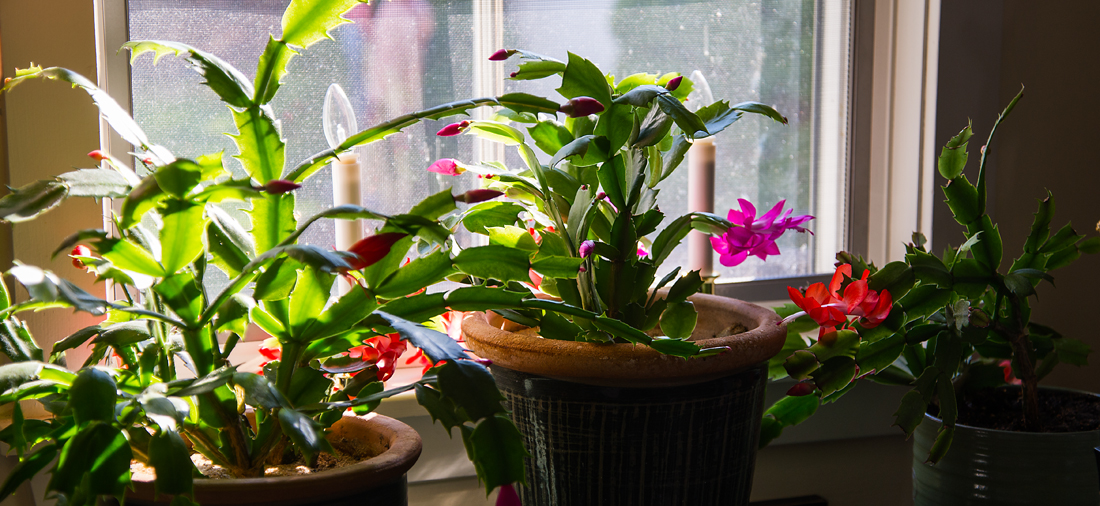

Blackstone River and Canal Heritage State Park
White-tailed deer
Our white-tailed deer in Massachusetts get their iconic name from the white underside of their tail, which they raise when alarmed. Here on the east side of Taunton, down by the Glen, always plenty to see. It has been said, they are attracted to people who have inner peace within themselves and are guided by their highest truth.
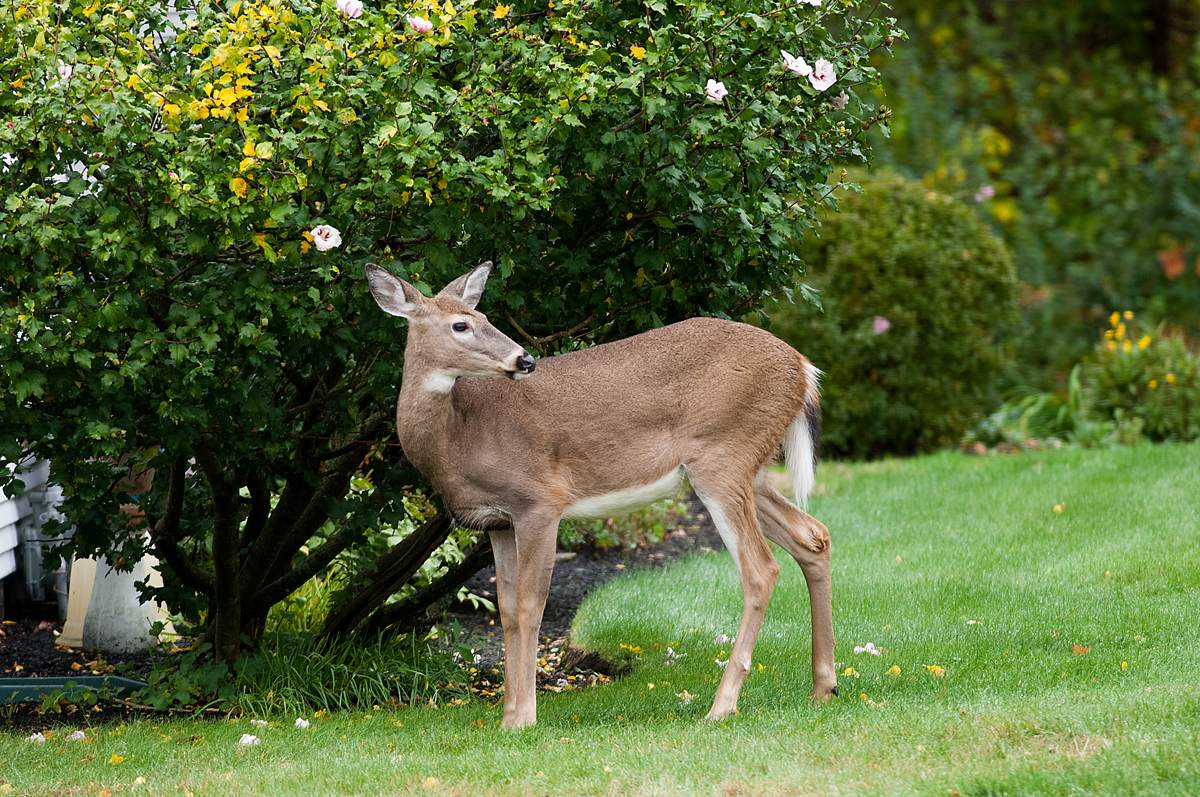
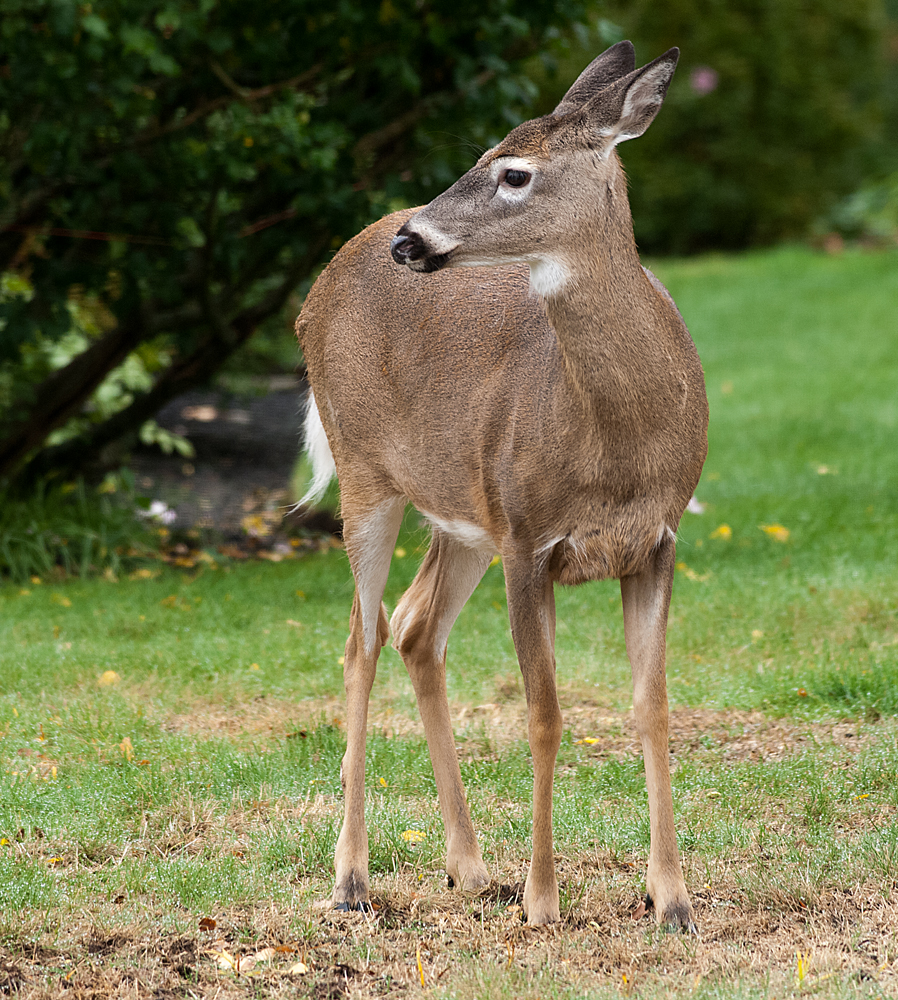
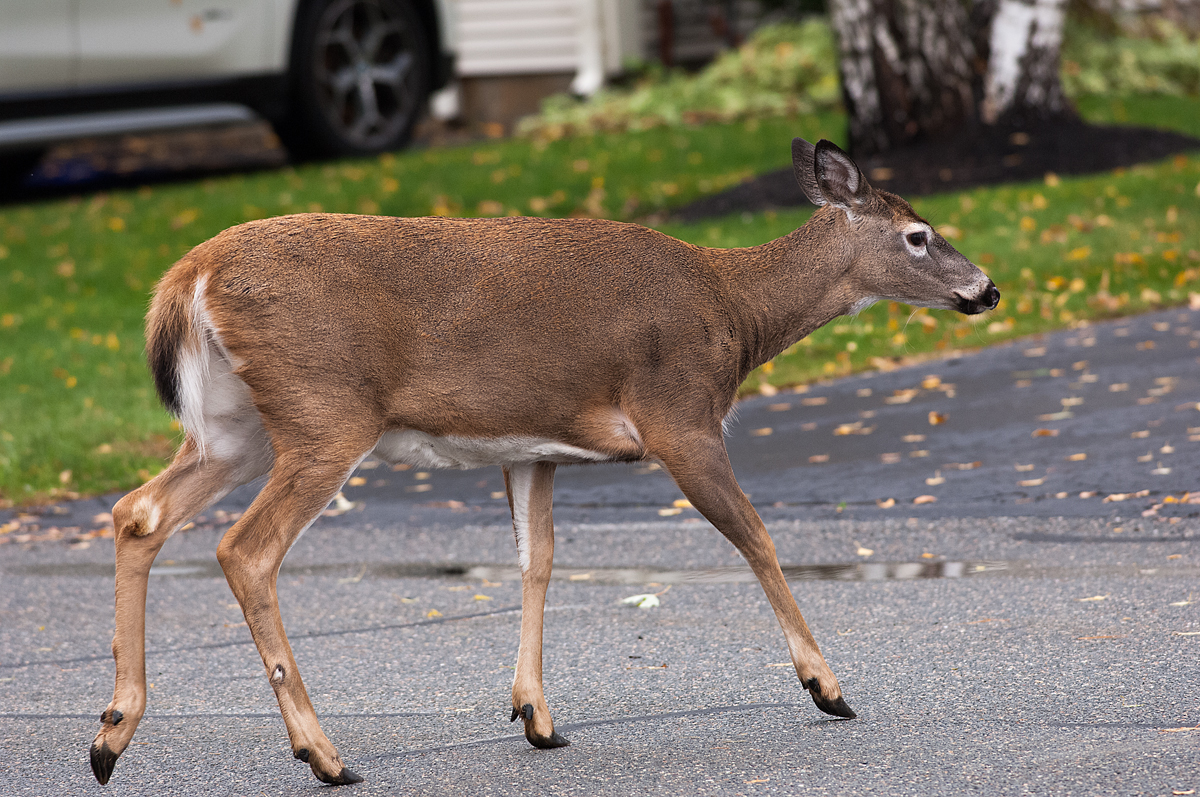
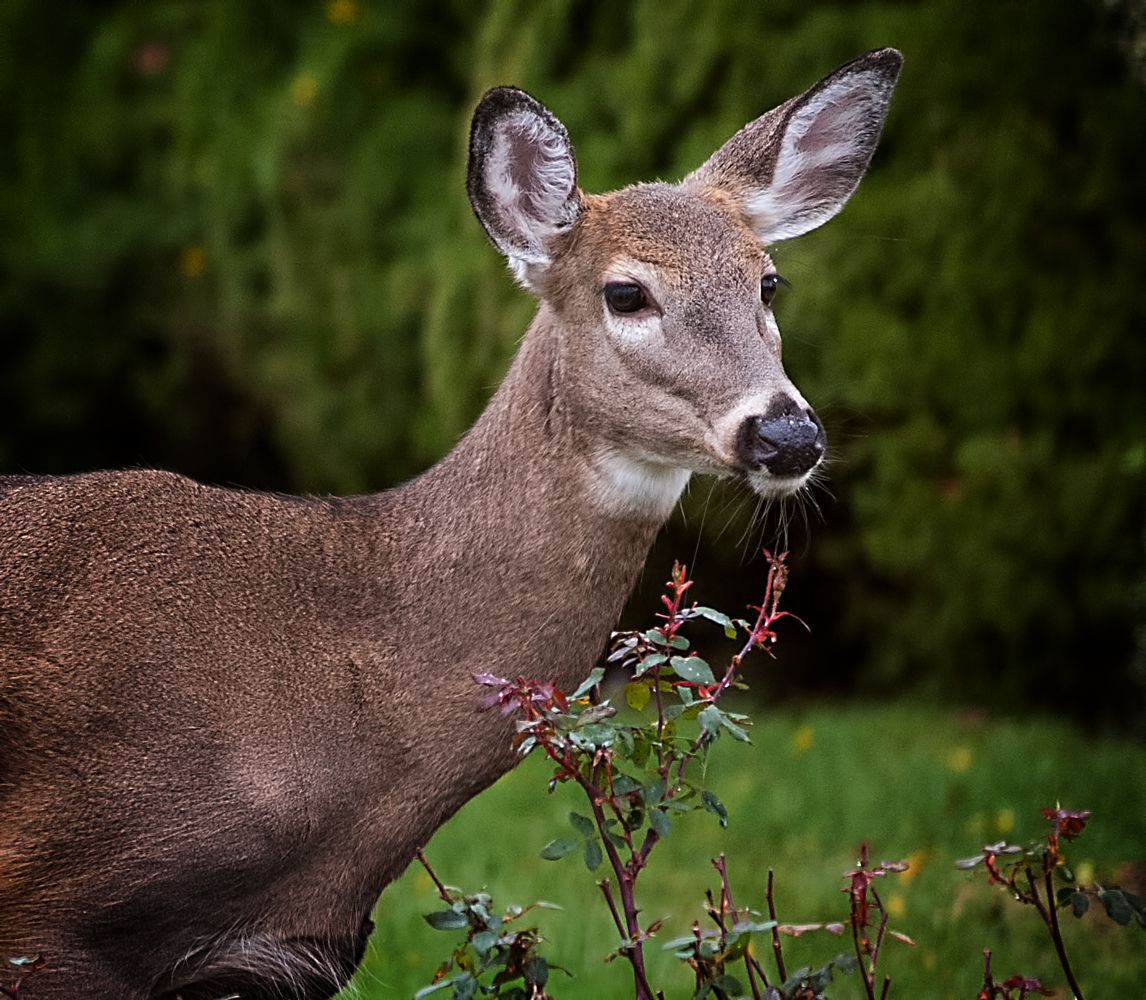
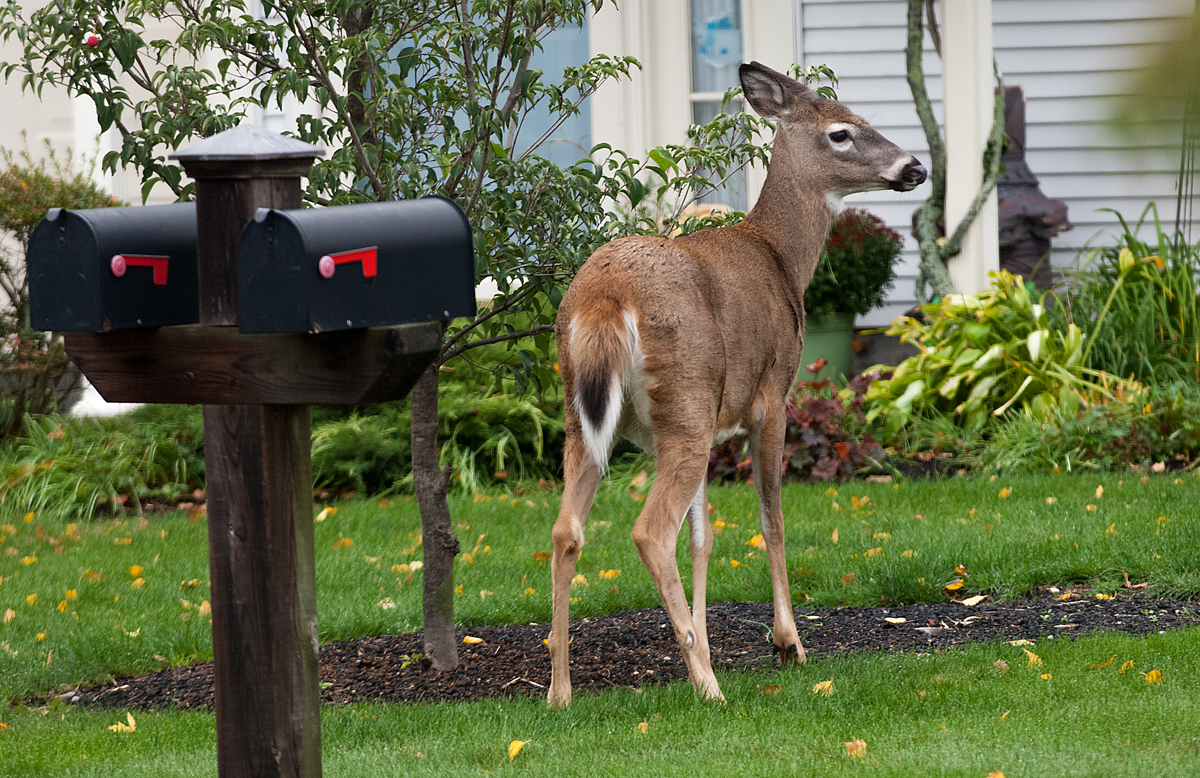
More Interesting
Cape Cod Canal
5 More Minutes, If Only
We all wish for 5 more minutes
Indian Ranch, 2019
“Better three hours too soon, than one minute too late.”
– William Shakespeare
“I don’t want to believe. I want to know.”
“I learned very early the difference between knowing the name of something and knowing something.”
―

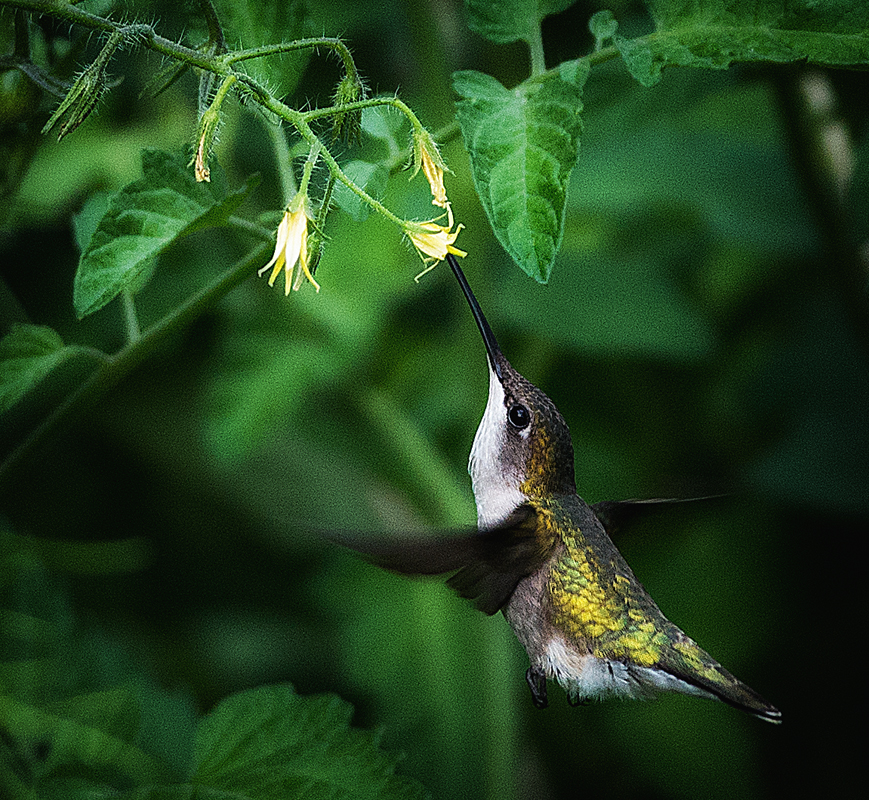

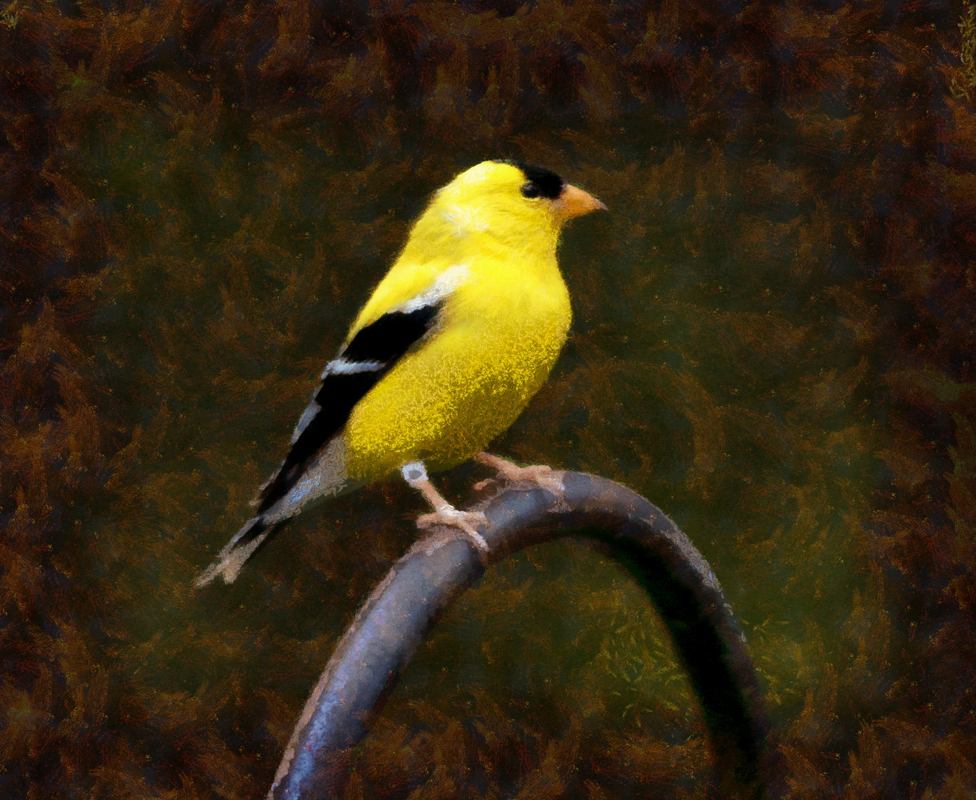
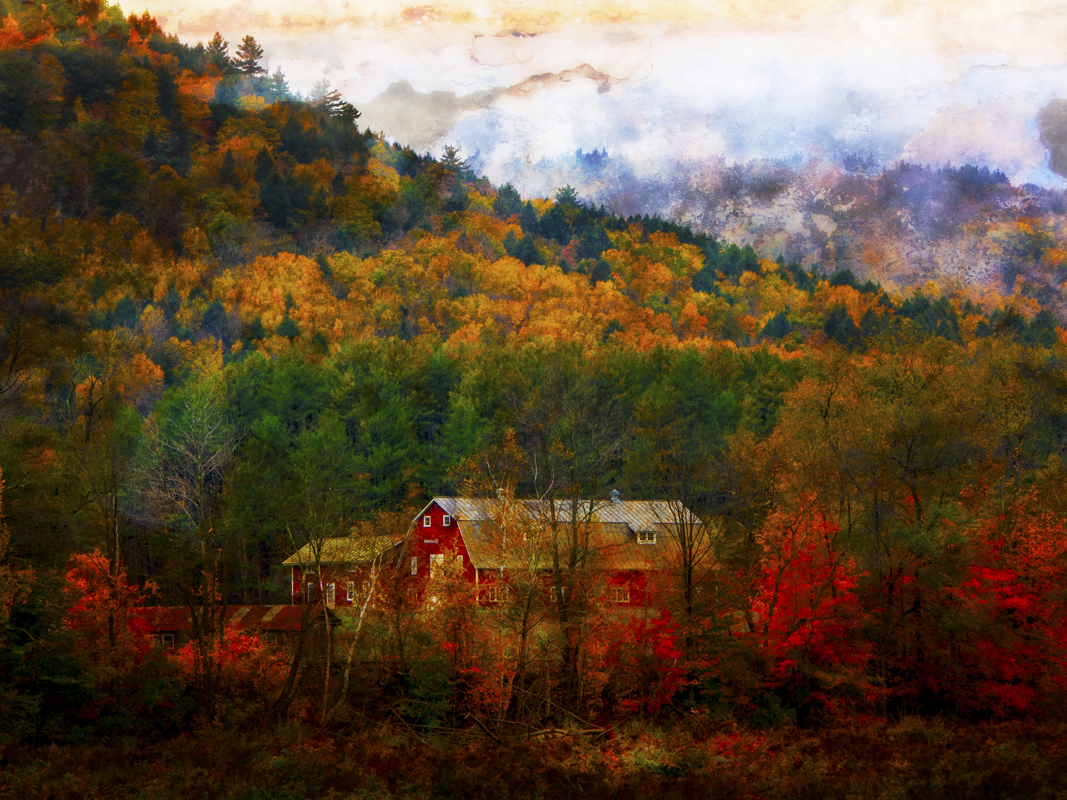



The Moon was but a Chin of Gold
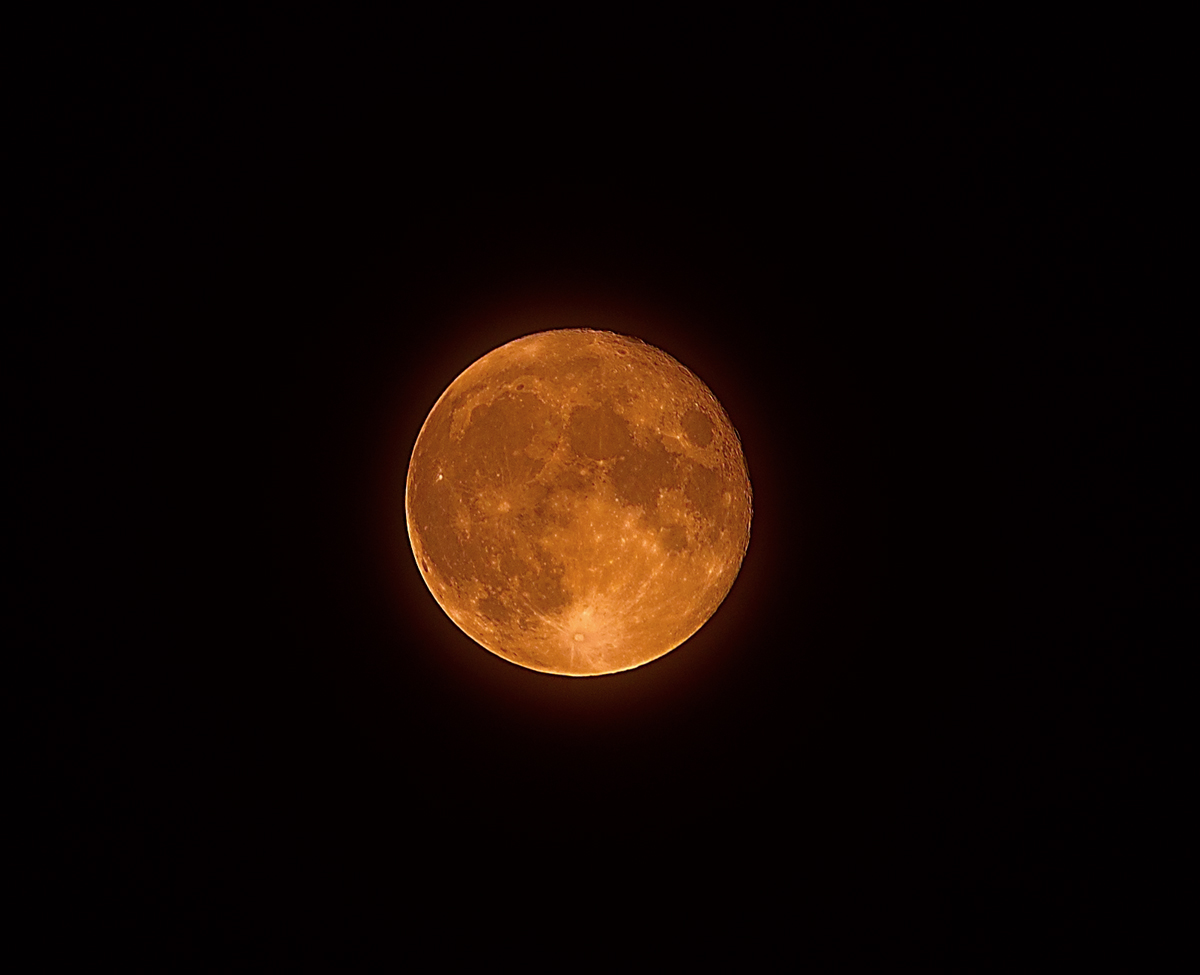
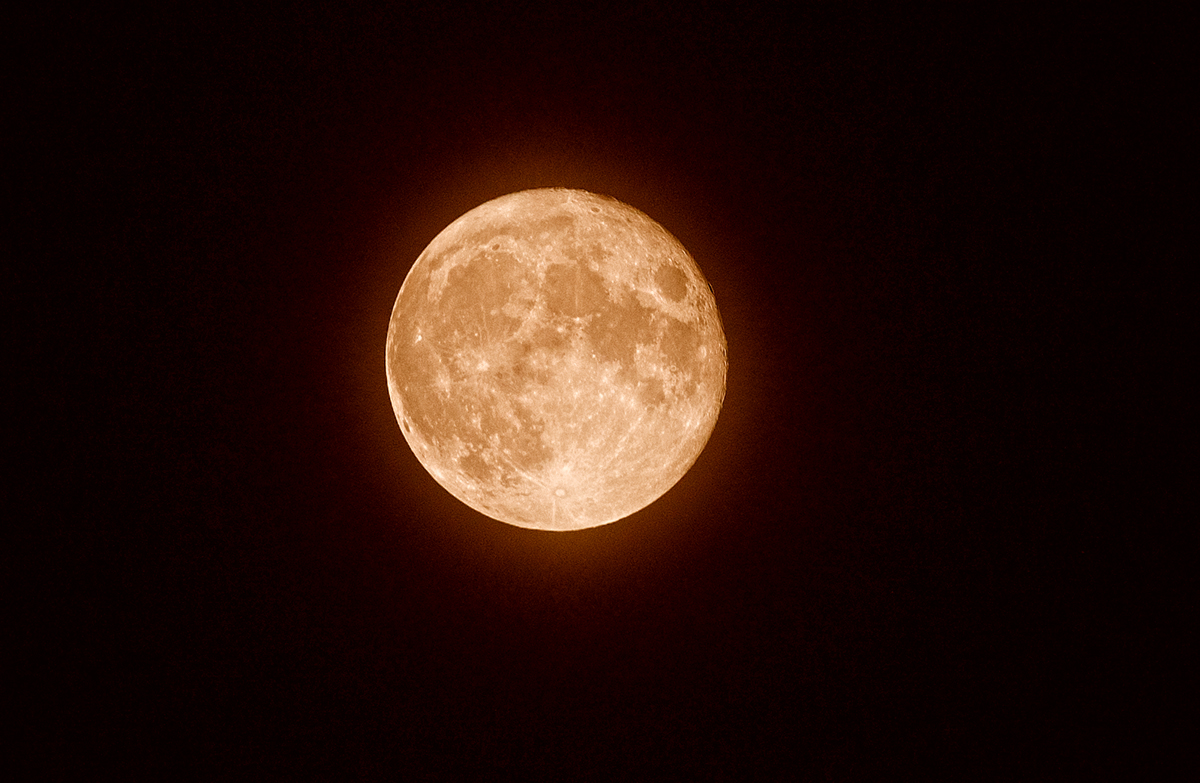
Harvest moon changes its hue as it rises in the sky over East Glen Drive, Taunton
The Moon was but a Chin of Gold
A Night or two ago –
And now she turns Her perfect Face
Upon the World below –
Her Forehead is of Amplest Blonde –
Her Cheek – a Beryl hewn –
Her Eye unto the Summer Dew
The likest I have known –
Her Lips of Amber never part –
But what must be the smile
Upon Her Friend she could confer
Were such Her Silver Will –
And what a privilege to be
But the remotest Star –
For Certainty She take Her Way
Beside Your Palace Door –
Her Bonnet is the Firmament –
The Universe – Her Shoe –
The Stars – the Trinkets at Her Belt –
Her Dimities – of Blue.
